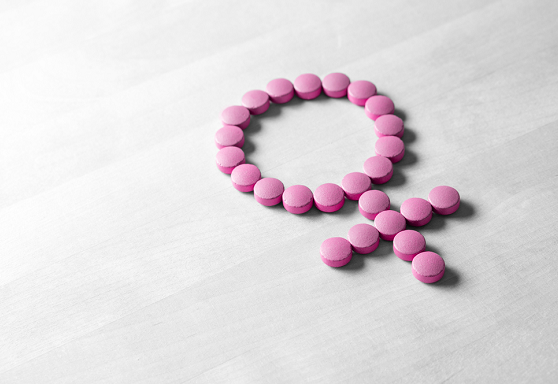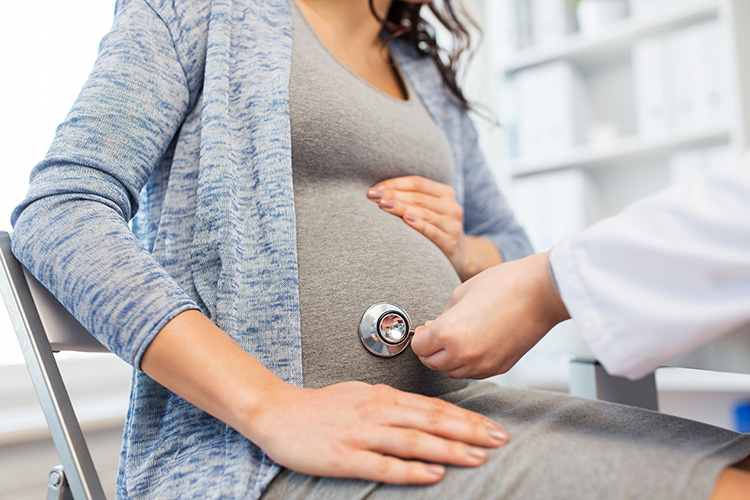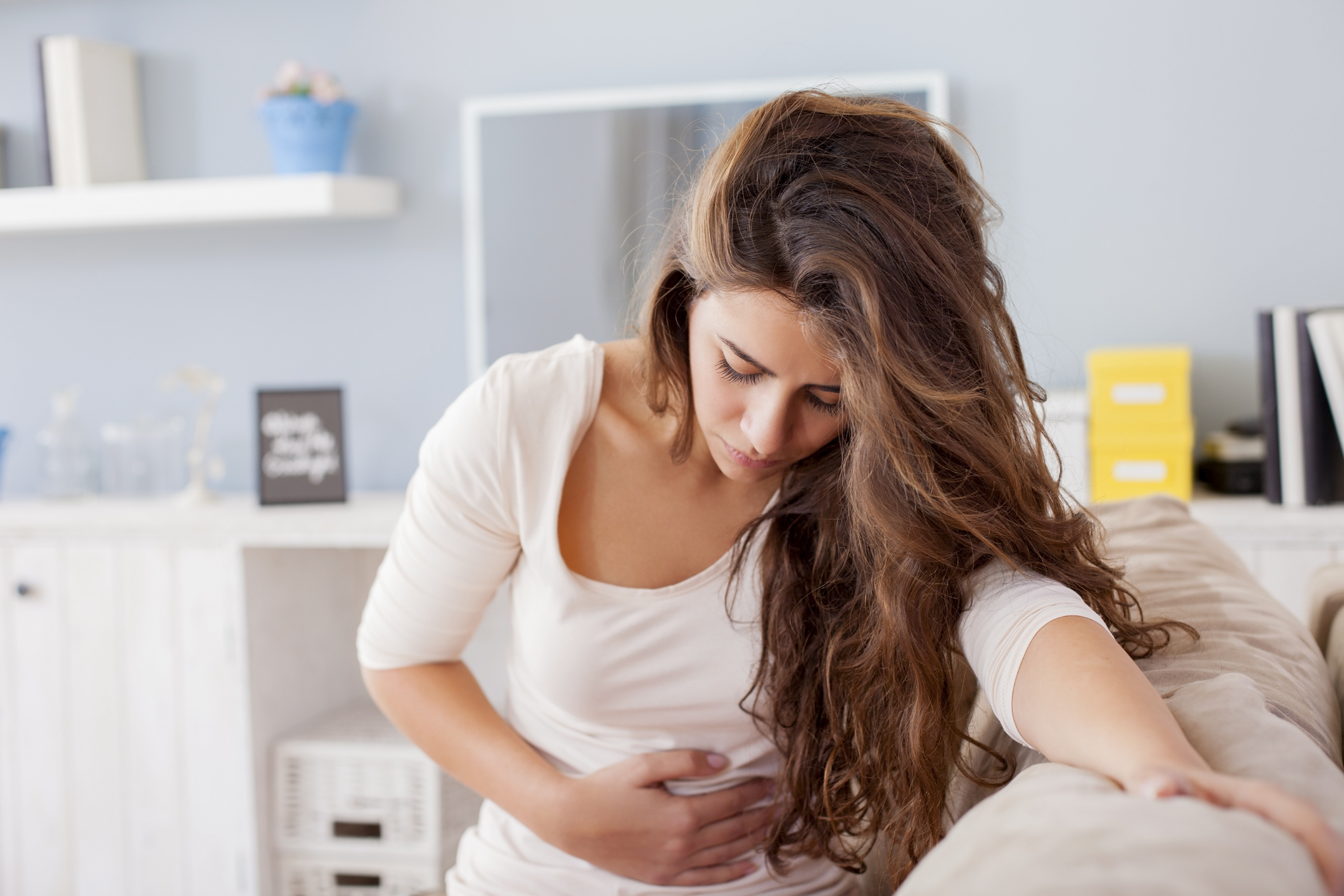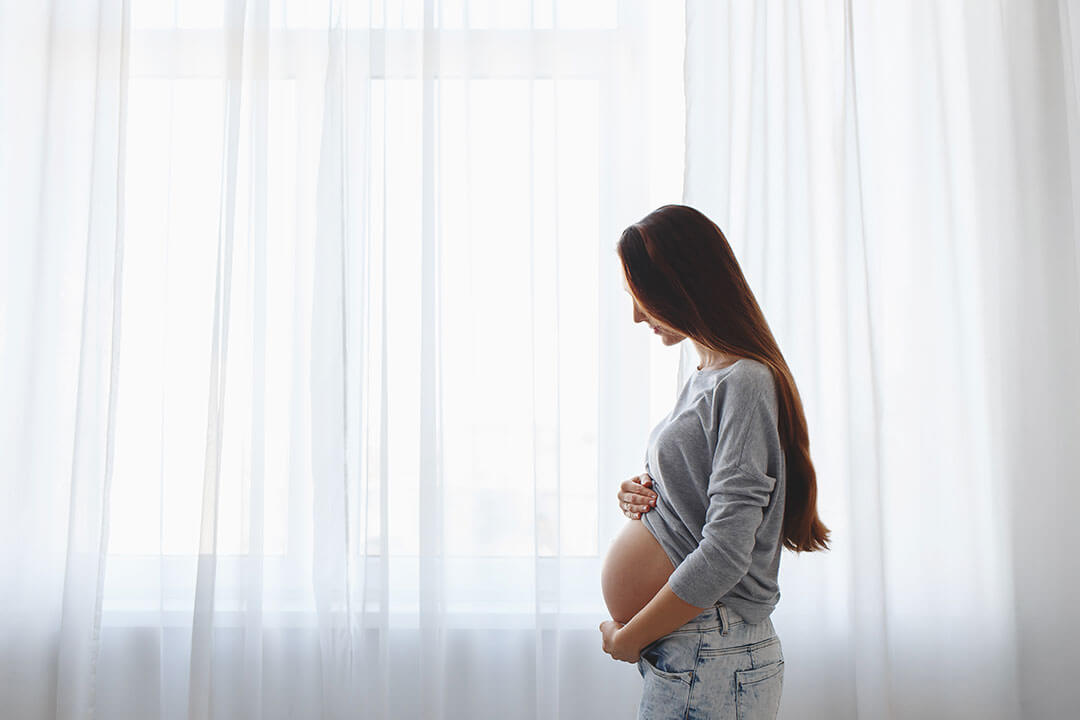Fibroids and Cysts

Fibroids and cysts are very common among women of childbearing age, and mostly benign. Dr Hong Sze Ching, Consultant Obstetrician and Gynaecologist at SOG – SC Hong Clinic for Women, provides an insight.
DIFFERENCES
Women’s paunches can sometimes be mistaken for belly fat. Despite rigorous dieting and exercising, the ‘belly fat’ simply refuses to melt away. It is only after a scan that they realise that they have fibroids.
What is the difference between fibroids and cysts? In general terms, fibroids consist of dense tissue and occur only in the uterus, while cysts form on the ovaries and are fluid-filled.
It is not clear why fibroids develop, but some factors are thought to influence their formation. Fibroids appear to grow under the influence of oestrogen and progesterone. In pregnancy, levels of oestrogen and progesterone are higher and fibroids may grow and enlarge.
“Women with a family history of their mother or siblings having fibroids may be at a higher risk of developing them. Other risk factors include high body weight, being of African-American descent, and being over the age of 30,” explained Dr Hong.
Most ovarian cysts arise from ovulation and are known as functional or physiologic cysts. During the menstrual cycle, a hormone stimulates the follicles or sacs in each ovary to grow and produce oestrogen. One follicle will become the most dominant or largest. During ovulation, this follicle ruptures to release the egg. The follicle left behind can fill up with fluid or blood and form a cyst. These functional cysts typically resolve on their own after one or two menstrual cycles.
Other types of ovarian cysts include tumours. These ovarian tumours can be benign or malignant. Benign examples include chocolate cysts and dermoid cysts. Malignant tumours include epithelial ovarian cancers, or germ cell tumours.
SYMPTOMS… OR NOT
Fibroids can cause a range of symptoms including heavy and/or painful periods, pelvic or back pain, urinary or bowel symptoms. Fibroids affecting the womb lining can also cause subfertility or miscarriage. If a woman has any of these symptoms, treatment may be required. If the fibroids grow quickly or are big, treatment may also be warranted.
However, in some cases, women with fibroids or cysts may not have any symptoms. These are usually found only when a woman has an ultrasound, CT or MRI scan.
Dr Hong added, “If it is small and there is no abdominal pain or bleeding, the fibroid or cyst can be observed and followed up at regular intervals by a gynaecologist, who will look for increases in size and worsening symptoms.”
HEAVY AND PAINFUL PERIODS
If fibroids are left untreated, symptoms can persist. If a woman has heavy periods, it can also result in low blood count, or anaemia. The good news is that fibroids carry less than one percent risk of cancer.
Women with ovarian cysts can have abdominal pain, or painful periods. Pain may also happen when there is torsion, rupture or bleeding in the cyst. These symptoms would necessitate removal of the cyst.
Functional/physiological ovarian cysts that are not large and do not cause any symptoms can be monitored for a period of time to ensure they resolve.
Non-functional cysts that are small or without any symptoms can also be observed. However they will likely require removal if they grow or start to cause symptoms later on. Removal or biopsy of the cyst will also allow histological examination of the cyst to exclude any malignancy.
IMPACT ON FERTILITY
If the fibroids are large or are in certain locations in the womb, they can affect the chances of successful conception. Furthermore, some ovarian cysts can be associated with subfertility, depending on the type. Endometriotic cysts are caused when bits of the tissue that lines the uterus grow on other pelvic organs, such as the ovaries or fallopian tubes. This condition may also be associated with infertility.
Polycystic ovarian syndrome is a condition where there are many small cysts on the ovaries, irregular periods and hormonal imbalance. This condition may also affect fertility.
Other types of cysts like physiological cysts, which usually disappear within a woman’s next few menstrual cycles, do not usually affect fertility unless they grow in size.
PREVENTION, POSSIBLY…
Maintaining a healthy weight and eating well may lower a woman’s risk of developing fibroids. It’s safe to say that it certainly can’t hurt. In the case of functional ovarian cysts, these can often be prevented by the use of birth control pills, suppressing ovulation. However, there are no proven effective preventive measures for non-functional cysts and fibroids.
Article contributed by Dr Hong Sze Ching, an accredited doctor at Mount Alvernia Hospital.
This article is taken from our My Alvernia Magazine Issue #33. Click here to read the issue on our website or on Magzter.



